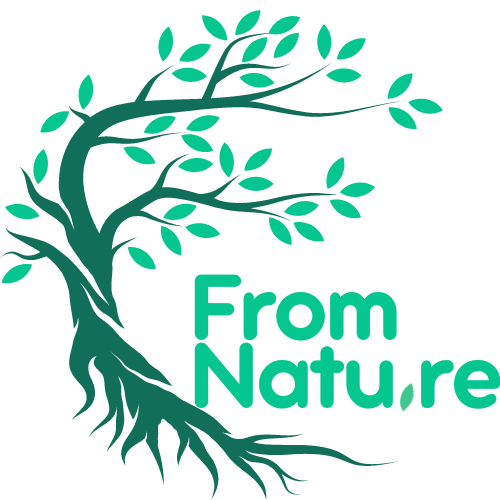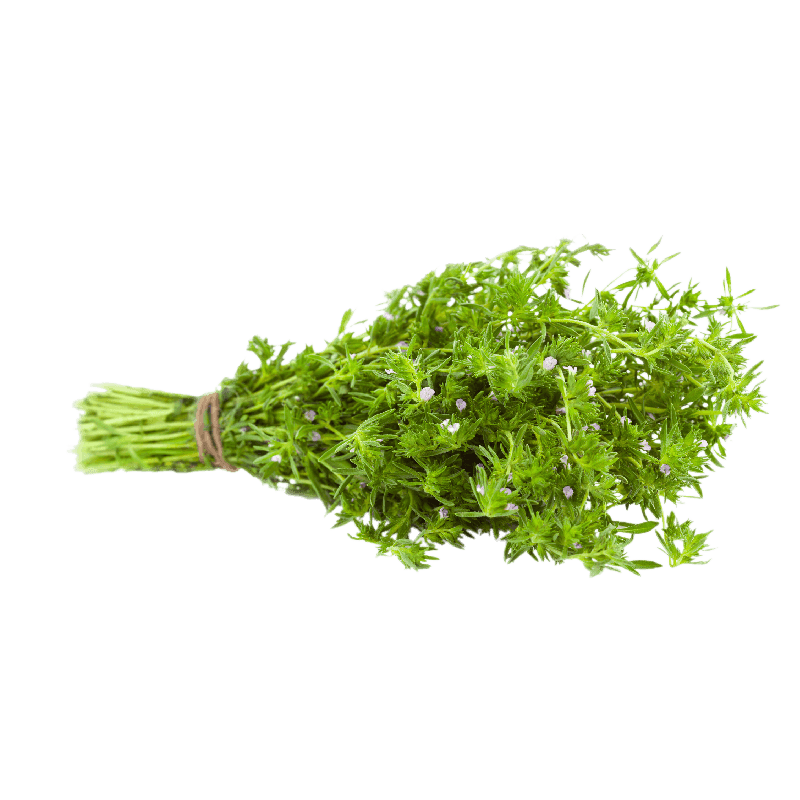Latin name
Thymus vulgaris L.
Origin
It is a species commonly found in the sunny garrigues and steppes of southern Europe and North Africa. Common thyme is indissociable from Mediterranean culture, but as an aromatic plant, thyme crops are found all over the world.
Used part
The aerial parts of the plant.
Active components
Essential oil (thymol, carvacrol): this is the principal component responsible for its antiseptic, expectorant (loosens phlegm) and digestive properties. Flavonoids: these substances are antioxidants, but in the case of thyme, they also have an antispasmodic effect. Tannins: have an astringent effect and contribute to the antiseptic properties.
Usage
Thyme is planted as ground cover and in rock gardens. Of course, the plant is mainly grown and used as a culinary herb. It promotes the digestion of food. It is ideal to season poultry, game, seafood, lamb, fish, vegetables, soups, potatoes, sauces, marinades and salads. It is an ingredient in the spice blend known as ‘herbes de Provence’. Combined with a few sprigs of parsley and a bay leaf, it is called ‘bouquet garni’, and is used to add flavour to all sorts of dishes. When using thyme essential oil, it is important to take into account the composition of the various compounds. There is a distinction between seven different chemotypes or ‘chemical species’. The ‘linaloliferum’ chemotype provides an essential oil with a high linalool content, which guarantees a very mild action. Thyme is used for its emollient expectorant effects on a cough during a cold. It also strengthens the immune system 1-8The thyme linalool variety is known for being one of the most gentle varieties, which is even recommended for use in children

